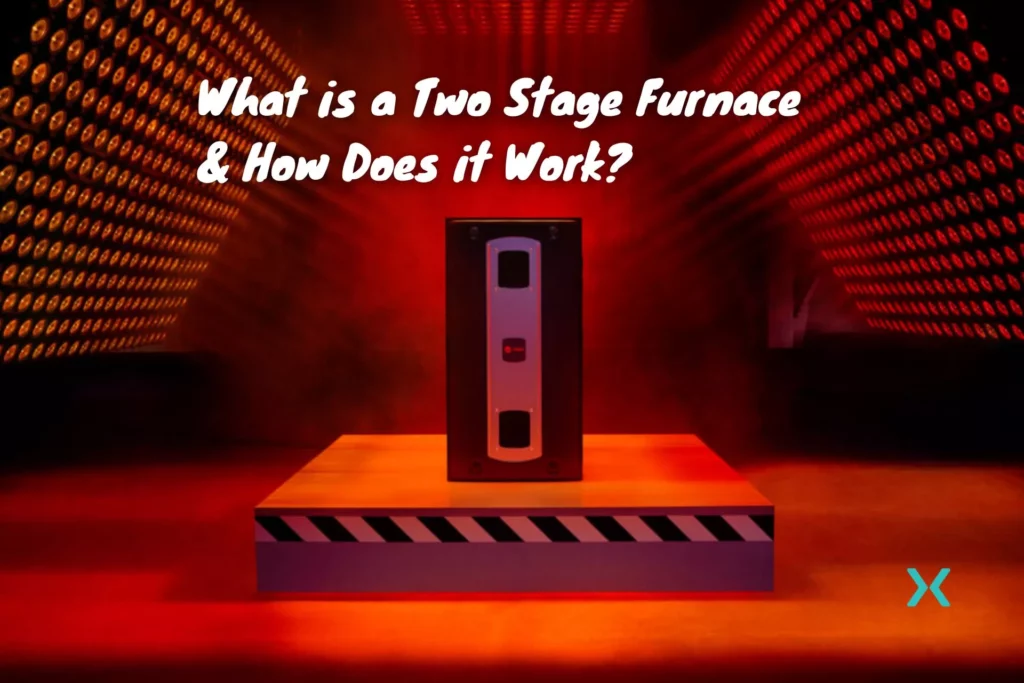⭐ Did Someone Say Two Stage Furnace?
Contractors like to throw around technical words and specifications when making a sale, and HVAC contractors are no exception.
We sometimes get asked about two-stage furnaces and whether or not they are worth the extra money, and as you might imagine, the answer is that it depends.
There are several factors to consider when deciding whether to buy a two-stage furnace, including the average temperature for your region and your budget.
However, one thing is sure, two-stage furnaces are far superior to their single-stage counterparts.
In this article, we will explain what a two-stage furnace is, how it works, and the benefits of buying one, and hopefully help you answer the question of whether or not a two-stage furnace is right for you and your home.
Table of Contents
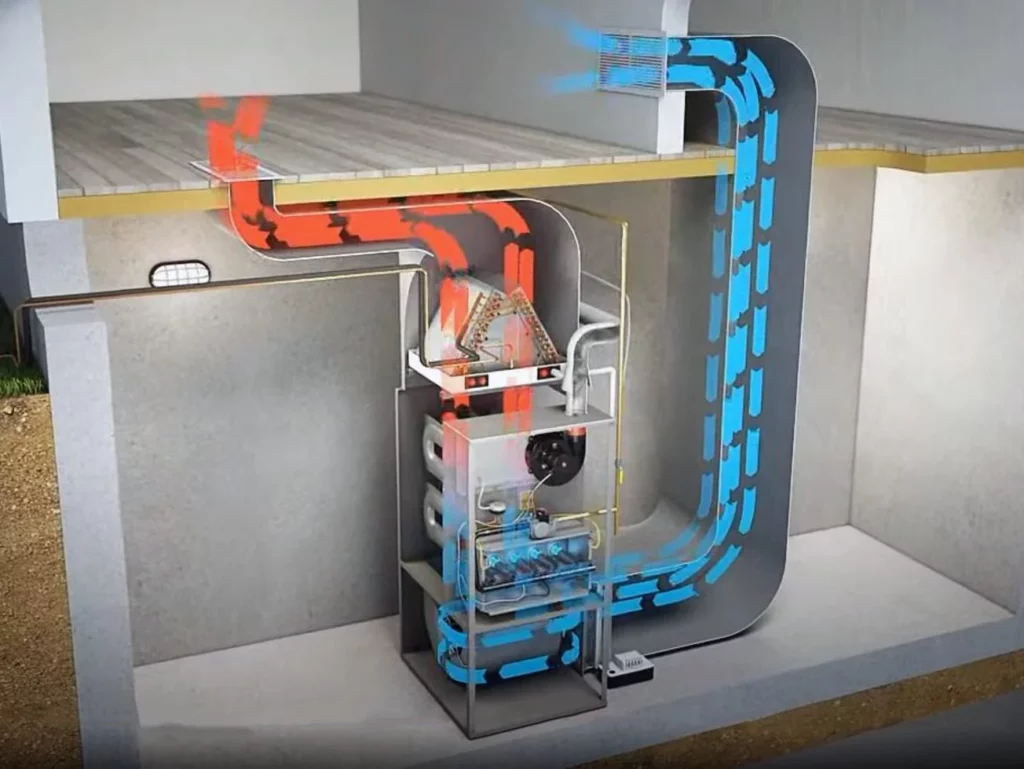
⭐ What is a Two Stage Furnace?
A two-stage gas furnace has two distinct levels of heat output. High output for really cold days and lower output for those milder days in winter. 80% of the time, the low setting is more than adequate to meet most household heating demands. This means furnaces run for longer and provide better heat distribution eliminating temperature swings.
A two speed furnace uses a different programming set than the average single-stage furnace.
So, when it is only moderately cold inside, the furnace’s control board opens the fuel control valve to the partially open position.
Then, it heats the house to the desired temperature before turning it off.
If the house is cooling a lot quicker than expected, for instance, on a miserably cold day with really low outdoor temperatures, then the control panel opens the valve to the fully open position, where the gas furnace runs at full power to heat your home.
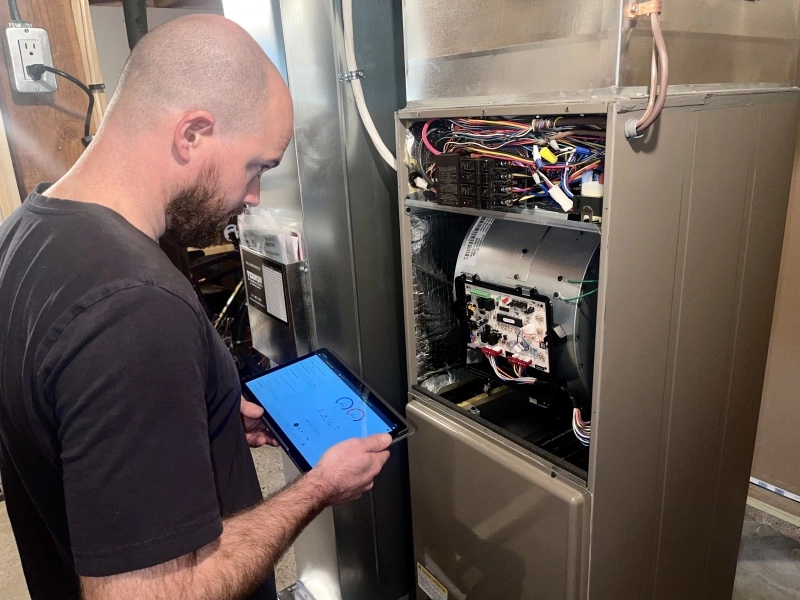
🔥 How Does Your Furnace Do This?
Well, much of the technology is proprietary.
Still, the gist of it is that the position of your valve is based on how often the thermostat is kicking your furnace on and off and the difference between the temperature set on the thermostat and the actual temperature of the house.
For instance, if it is only moderately cold, it would not require a fully open position on the furnace.
You can kind of think of the operation of a two-stage furnace as being kind of like the gas pedal in your car.
For example, if you are driving on the Autobahn in Germany, you will probably need to floor the gas pedal but not so much when you are stuck in traffic in California.
Just like your gas pedal, a two-stage furnace can vary the amount of fuel used.
⭐ How Does a Two-Stage Furnace Work?
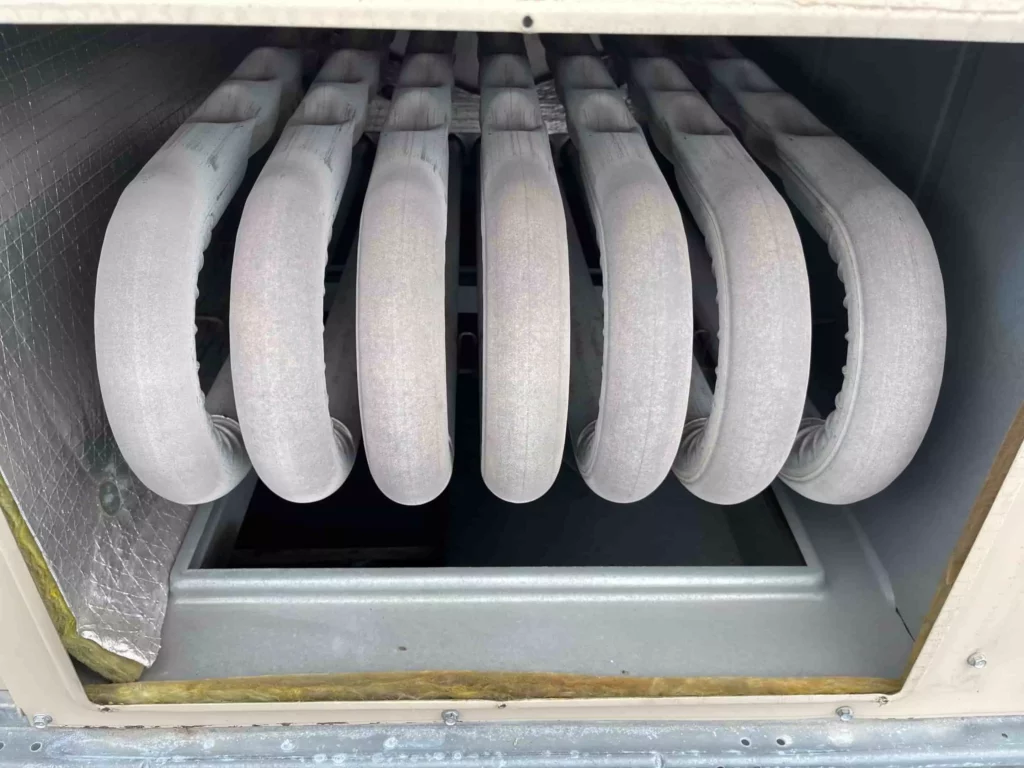
When someone refers to a one-stage (aka single-stage) or a two-stage furnace, they are talking about the burner section inside of the furnace or, more specifically, the valve that controls it.
Your average, everyday, old-fashioned furnace is a single-stage or one-stage furnace.
This means that the valve controlling the amount of fuel that enters the burner in your furnace has two different positions: open and closed.
When this valve is open, fuel (usually natural gas or propane) travels through the valve to the pilot light, where it ignites and burns inside the burner section of the furnace.
The now heated gases heat up the heat exchanger, where the air from your home is heated.
When the valve is closed, the heat is off because no fuel is provided to the burners and heat exchanger.
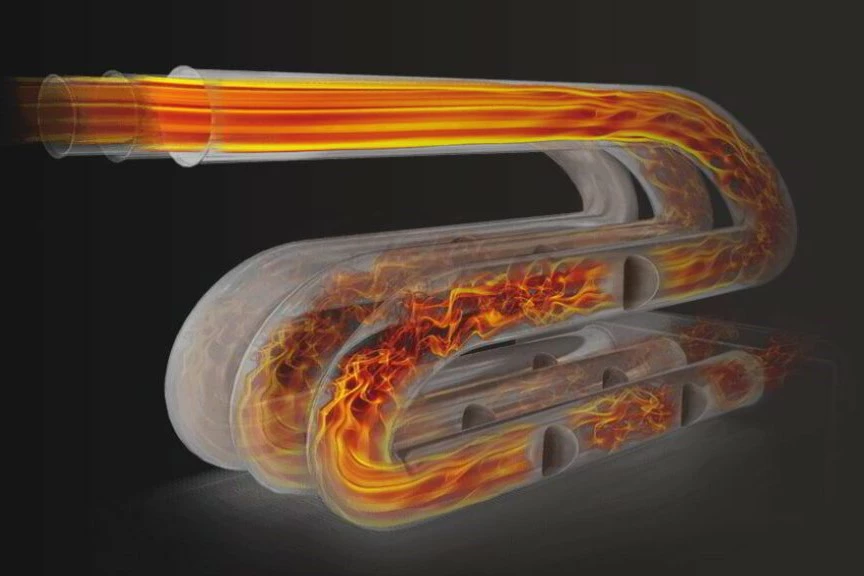
Two-stage furnaces have three positions to this valve: fully open, partially open, and closed.
When it turns on, your furnace can move this valve to one of its two open positions (hence the term, ‘two-stage’).
This allows your furnace to operate at full blast, like your old-fashioned furnace, or in a low position that only provides about 60 to 65% of the heating power of the full-open position.
Therefore this type of furnace has two heat settings that are used automatically, high heat and low heat.
⭐ What are the Advantages of a Two-Stage Furnace?
A two-stage heating system has three advantages: it saves energy, heats your home more thoroughly, and filters your air for better indoor air quality.
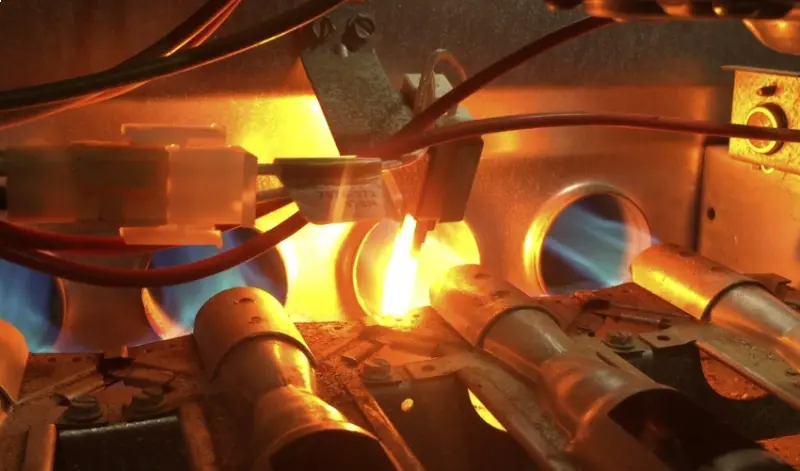
🔥 How a Two-Stage Furnace Saves Energy
This part is probably pretty obvious.
Your two-stage furnace saves energy costs because it burns much less fuel.
Going back to the Autobahn example, how would the average MPG of your car look if you only drove your vehicle using two gas pedal positions, flooring it, or no gas at all?
It wouldn’t look very positive, would it?
However, your two-stage furnace saves gas because it doesn’t dump as much fuel into the heat exchanger when it’s only moderately cold outside.
If it’s only 40°F or 50°F (4°C or 10°C) degrees out, then a two-stage furnace will run in the partially open position and only use about 60% of the heat output of its single-stage counterparts.
However, a single-stage furnace can only run in the fully open position, even if it’s only 50°F (10°C) outside.
🔥 A Two-Stage Furnace Heats Your Home More Evenly and Removes Cold Spots

Your home gets cold spots because of three reasons: improperly positioned ductwork and air registers, a furnace that is too large for your house, or if it is a single-stage furnace.
Improper ductwork means that heat distribution is not even throughout your home.
An improperly sized furnace will constantly turn on and off because it is so powerful that it heats up your home in a matter of seconds and then kicks off again, allowing your house to cool before this heat is evenly distributed.
The third reason is because of a single-stage furnace.
Just as with the example of using too big of a furnace for your house, a single-stage furnace only has one setting; full blast.
As such, it will heat your home rapidly and then turn off, allowing your house to cool down and causing cold spots before it kicks on again.
This type of furnace helps you out because, on a moderately cold day, it kicks into low heat and runs continuously for several minutes and for its whole heating cycle.
Furnaces (and air conditioners) are made to operate for a specific period each time they turn on.
This is how modern furnaces are so energy efficient.
However, if a furnace is too large, it kicks off before it is allowed to run through its whole cycle.
This means that air is not evenly distributed and circulated throughout your house, and your insulation is not adequately warmed up, causing hot and cold spots.
🔥 Two-Stage Furnaces Filter Your Air Better
Because two-stage heating will run more often, it will circulate more air through your ductwork and thus increase the filtration of your house.
If a furnace is one stage or is too big for your house, again, it will kick off more often and spend less time filtering the air in your home.
But, again, more air moved means more air filtration.
⭐ Final Thoughts on Furnaces
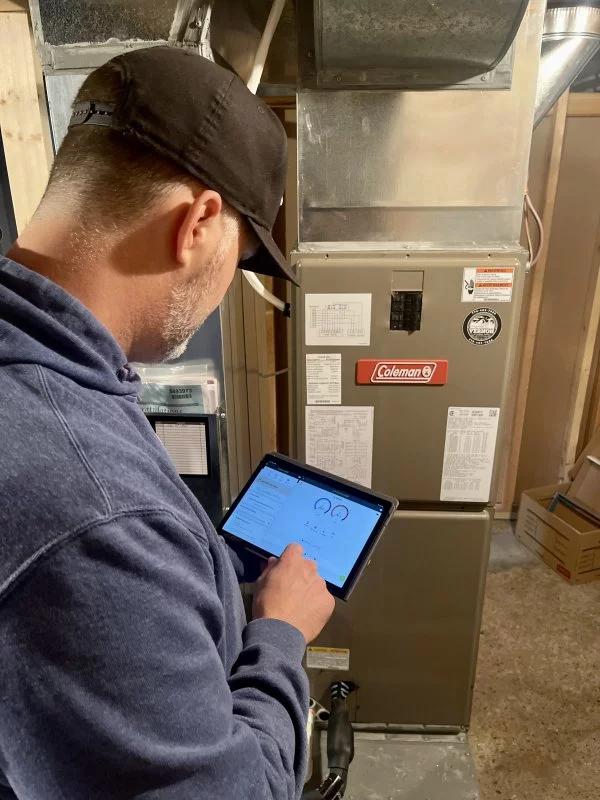
Whether or not this type of furnace is for you depends on your personal needs.
However, I would say, without a doubt, that a two-stage furnace is well worth the few hundred extra dollars you will have to pay.
It is a valuable feature that saves you money yearly on your energy costs, removes cold areas, and increases filtration.
If you have a furnace or any type of heating system that’s not working correctly or want to learn more about furnaces, don’t hesitate to find out if Phyxter Home Services is in your area.
Want to learn more about your home’s heating system? Feel free to check out our other furnace articles!

